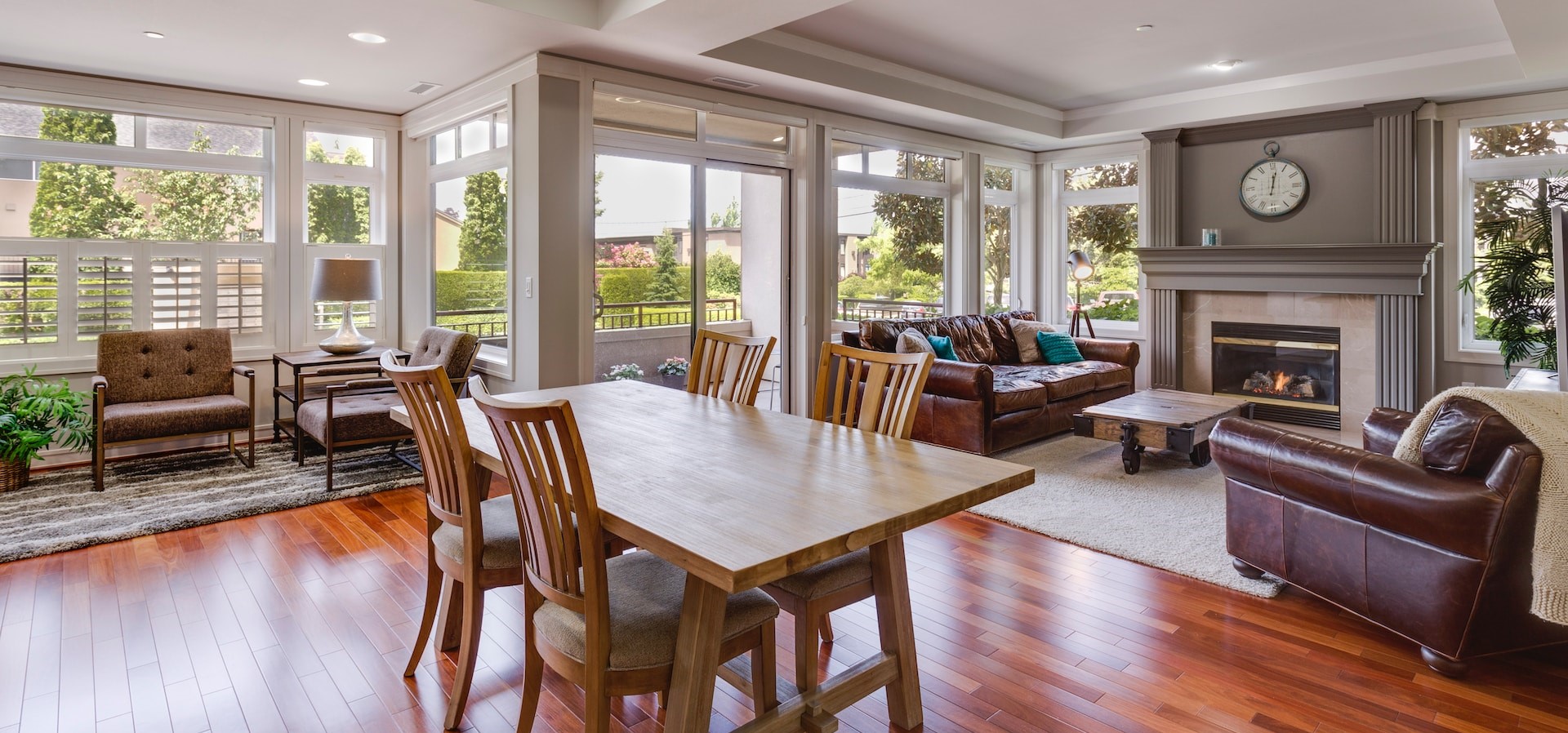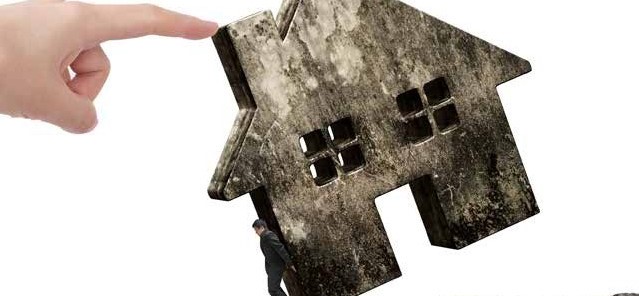How’s the Market?
Demand continues to exceed Supply
The mortgage cliff may be impacting household expenditure, but it’s not impacting the property market, at this stage. In a nightmare scenario for the RBA and a welcome surprise for vendors, property prices continue to drift higher. The overriding element playing out in property markets across the country is a complete lack of listings.
Those quality listings that are on the market, are experiencing very strong buyer demand, with the top end of the market in particular performing well above expectations.
A few significant elements are playing out aside from the basic buyer demand/seller supply equation though.
Inflation is sticky – it cannot be tamed. Inflation needs to be emphatically eradicated which means more rate rises. Higher property prices mean homeowners have more equity to withdraw against, which is exactly what the RBA would want to avoid.
Mortgage cliff trend – there has been much speculation about how the mortgage cliff would play out. Whilst there is a long way to go before, we are clear of the market risk posed by the cliff, there is increasing clarity on how those impacted by it are arranging their financial affairs.
Data shows that consumer confidence has plummeted to the lowest level since December 1990 as households cut costs, landlords are increasing rents to offset higher mortgage costs and many investors are selling investment properties to reduce their debt burden.
Many speculated that the mortgage cliff would force many people to sell their homes. Early indications are people may be cutting back on lifestyle expenditures and selling off assets other than the family home.
A window of opportunity – given the unexpected strength in the market, prospective vendors who wish to sell and thought they had missed the boat, now have a favourable selling window they can capitalise on.
Stock levels are generally tight over winter and rise quickly through spring. If mortgage rates continue to rise and stock levels suddenly increase in the run-up to spring, the current window of opportunity could close for sellers. Worth considering…
Inaction on dwelling supply – It is clear there is insufficient housing supply in our capital cities, particularly given the Government’s desire to flood the country with 400,000 migrants this year and next.
Whilst there is a lot of talk, about the need for new housing supply, that’s all that is happening – talk. No meaningful housing supply is in the works, meaning the rental crisis will worsen as tenancy demand exceeds the housing supply.
The housing supply crisis will help support the overall housing market against an outright crash.
In response to the housing supply issue, RBA Governor Philip Lowe commented “Higher prices do lead people to economise on housing, don’t they? Kids don’t move out of home because the rent is too expensive, or you decide to get a flatmate or a housemate,” he said. “We need more people on average to live in each dwelling and prices do that.”
Hardly comforting words to tenants or parents looking to move their adult children out of the family home. Based on those comments, it’s fair to say Lowe does not expect additional supply to save the rental crisis and many people will be forced into compromised living arrangements.
Lowe expressed a similar sentiment in an appearance in front of a Parliamentary Committee.
Whilst Lowe’s comments drew criticism, maybe he is simply a realist about the challenge of building 300,000 new dwellings across Australia in the next 2-3 years.
Building the amount of new housing required in such a short time frame will require all levels of Government and the major parties to come together in a unified fashion. It just won’t happen.
Prestige property is rising – those that operate in the prestige end of the property market are immune to interest rate movements. Their respective fortunes are more aligned to the performance of the economy, the share market, and the performance of cash.
It is worth noting that every time interest rates go up, the return on cash goes up too.
Higher rates are not the hammer blow across the economy that many believe, just ask retirees who are now enjoying a return on their cash in the bank.
Many prestige properties in Melbourne trade with low or no mortgage, meaning the market operates somewhat independently of mortgage rate fluctuations.
Preference for hard assets – history shows us that when the inflation rate is stubbornly stuck above mortgage rates, people will invest in hard assets to protect their wealth.
The inflation rate is stuck around 7%, with mortgage rates now around 6%. Now that property prices are rising, we are seeing buyer demand increase as buyers fret that they have missed the bottom of the market cycle.
Serviceability rate – To adhere to the Australian Prudential Regulation Authority (APRA) responsible lending standards, retail banks need to assess home loan applications on a serviceability rate above the home loan rate of the day.
Current mortgage rates are well beyond the ‘serviceability rate’ of 2021. APRA pushed the serviceability rate up from 2.5% to 3% in October 2021 to slow the booming housing market and de-risk the mortgage market.
When the Melbourne market boomed in 2021, the average mortgage rate was around 2.2%. Retail banks assessed these home buyer’s finances on a ‘serviceability rate 2.5% above the mortgage rate’ of 2.2%.
If the respective buyer’s finances could afford the home loan at 4.7% and everything else stacked up, they were good to go. Both fixed and variable home loan rates are now above the serviceability rate of 2021 that so many buyers and households were assessed on.
The tight employment market encourages people in such circumstances to ask for a pay rise or chase a better-paying job. No one can begrudge an individual pursuing a higher paying job, but the sobering reality is higher wages across the economy add to – you guessed it – inflation!!
By Peter O’Malley



